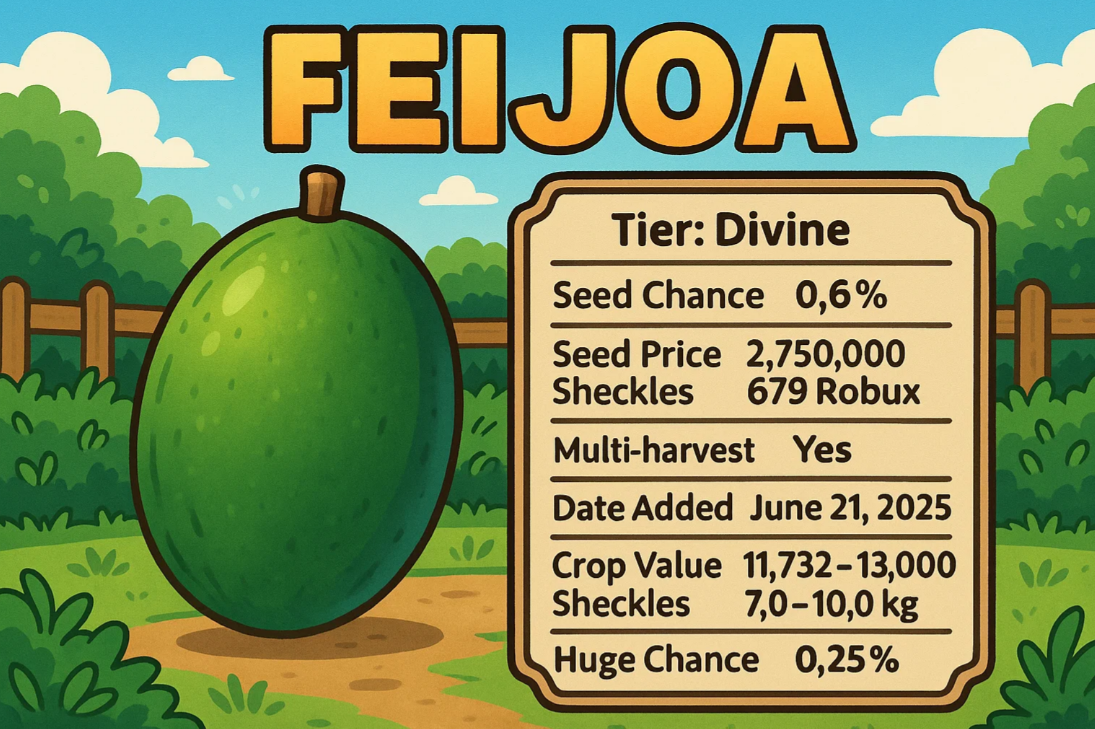One of the most anticipated features in Path of Exile 2 is its complete overhaul of the character progression system. While the original Path of Exile gave players enormous freedom through its expansive passive skill tree and skill gem combinations, it also introduced a steep learning curve and a level of complexity that could be overwhelming to newcomers. With the sequel, Grinding Gear Games is aiming to keep that deep build customization, but present it in a clearer, more satisfying, and more rewarding way.

The first major change comes from the way skill gems interact with weapons and gear. In PoE2, support gems are no longer slotted directly into other gems. Instead, support slots are embedded in your weapons and armor pieces themselves. This not only streamlines the process of creating powerful ability combinations but also makes gear choices far more meaningful. Now, a weapon is not just a stat stick—it’s a core part of how your build functions. This shift encourages players to experiment with a wider range of gear and reduces the dependency on perfect socket links, which were often a frustrating bottleneck in the first game.
In addition to the gem system changes, PoE2 introduces a completely new passive skill tree that separates class identity more clearly. Each class has a unique starting point and tailored progression paths, allowing for more thematic and coherent builds. However, the tree still offers branching paths and hybridization for players who want to blur the lines between archetypes. This approach honors the flexibility of the original while improving build clarity and accessibility.
Ascendancy classes, a fan-favorite system in the original game, are also being redesigned. In PoE2, these advanced class specializations are earned through a longer-term progression system, with new trials and story arcs that lead to their unlocking. This creates a greater sense of investment and achievement when a player finally claims their Ascendancy, reinforcing the idea that character power is earned, not given.
Another notable improvement is the way Path of Exile 2 handles leveling and the early-to-mid game experience. Previously, players often rushed through the campaign to reach the “real game” in the endgame. The sequel aims to make the entire journey engaging, with smoother difficulty curves, improved loot pacing, and a campaign that better reflects the player’s evolving power. Leveling now feels like part of your build’s story, not just a hurdle to endure.
Build diversity is being actively encouraged through balance changes and the introduction of new base classes. By rethinking how certain mechanics scale and interact, PoE2 avoids the “meta trap” where only a few builds dominate the game. Every skill, every node, and every item has the potential to be viable in the right hands.
poe2 items sale is redefining how players grow their characters—from the first monster slain to the final boss defeated. With smart mechanical updates and a renewed focus on meaningful progression, the sequel is shaping up to be one of the deepest and most rewarding ARPG experiences in recent years.
